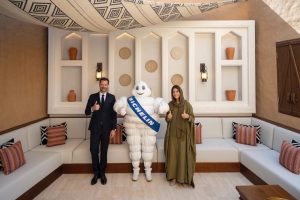Charisse Pearlina Weston grew up in Houston, Texas, near the birthplace of Duke/Peacock Records, and developed a deep appreciation for blues covers while listening to their artists. She sees repetition as an opening to new sonic possibilities in music. Weston’s work often uses glass in precarious ways, disrupting movement in gallery spaces. She manipulates historical images and text in a manner similar to a blues cover, morphing and distorting them into urgent, emerging forms as a reminder that past violence is still prevalent. Weston’s interest in transparency and opacity in her glass sculptures coincided with the Black Lives Matter movement, exploring the representation of anti-Black violence and resistance through her art.
Weston initially studied painting and art history before transitioning to conceptually focused work. She found interest in sculpture’s transformative capabilities and manipulation of space, shaping her artistic path. Her current series of sculptures in her Harlem studio utilize two-way mirror glass, symbolizing surveillance and resistance with its opaque, iridescent appearance. Weston’s work reflects the constant risk of violence and anti-Blackness, evoking the anxiety of the Black experience in the US. The loose organic forms of her sculptures draw parallels with architect Frank Gehry’s maquettes, leading the eye along shapes in space and capturing the essence of expressionism.
Weston’s artistic process intertwines with her personal experiences and influences, notably the music of blues singer Bobby “Blue” Bland. She views the blues as an expression of Black intimacy and interior life, essential themes in her work. The urgency and political concepts present in her creations stem from a desire to provoke questions and challenge perceptions, rather than offering definitive answers. Weston’s use of glass in her sculptures conveys both the risk of violence and the potential for transformation and resistance, reflecting her exploration of thematic complexities surrounding Black identity and history.
Through her journey from Houston to Harlem, Weston’s art has evolved to encapsulate the essence of blues music and the resilience of Black culture. Her sculptures embody a raw, expressive quality akin to a blues moan that cannot be suppressed, resonating with historical weight and contemporary relevance. As an artist, Weston aims to stimulate curiosity and dialogue, encouraging viewers to contemplate the societal issues and personal narratives embedded within her work. In exhibiting at prestigious venues like the Whitney Biennial and MoMA PS1, she continues to push boundaries and challenge conventions, redefining the boundaries of contemporary art through her unique perspective and artistic vision.







